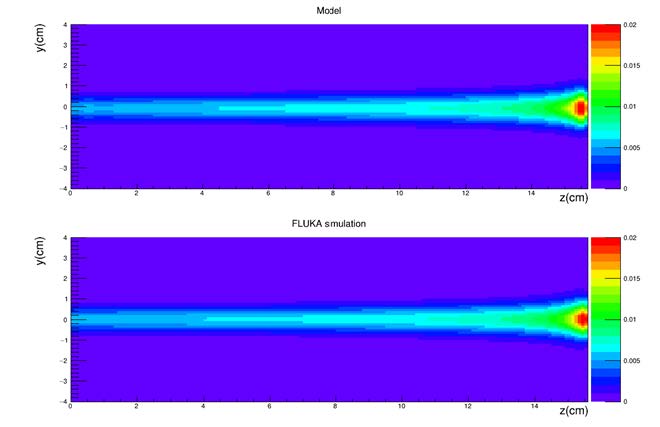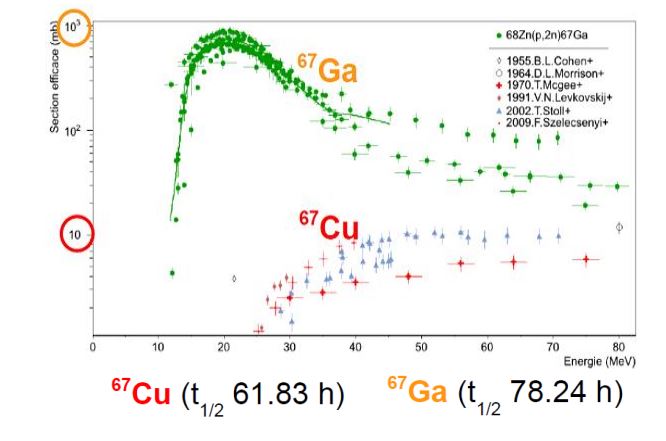Biomedical Physics: Hadronterapy - CNAO
Two groups are currently working on hadrontherapy research in collaboration with CNAO (National Center of Hadrontherapy - Pavia) .
Montecarlo Simulations (GEANT4)
The activity related to the first group is concerning MonteCarlo Studies on secondary particles produced in proton and carbon-ion therapy. The Geant4 tool is used in this research to investigate the contribution of seconary particles produced in the irradiation on patient tissues during an hadrontherapy treatment. Main goal of these studies is to evaluate the impact of these potential undesired particles on tissues outside the irradiation region and to quantify the possible damages to the patient body. A second activity is developed for a Characterization of a GEMPix detector on the CNAO beam line .These detectors are very innovative in their field and they are currently under design and development. Our group participates to a wide program of data taking at CNAO in dedicated research sessions (no patients) and is in charge for a complete simulation of the experimental setup, and detailed comparisons between data and MonteCarlo studies. The used tool is Geant4 in its latest version 10.03.
For further information, visit the
website.
Staff: Adele Rimoldi, Aurora Tamborini.
Modelling for ion therapy
 |
The purpose of this work, performed within the MC-INFN project and in collaboration with the hadrontherapy centers HIT and CNAO, is the Montecarlo simulation of beams of protons and carbon ions on the lines used in the two centers and the analysis of lateral and longitudinal dose profiles in water phantoms and real materials. The calculations, developed with latest available simulation codes (Geant4, Fluka, Mcnpx and Phits) and also with analytical models, can be used to study the Coulomb multiple scattering physics and to evaluate the validity and the performances of treatment planning systems (both on CPUs and on GPUs). Staff: Alberto Rotondi, Andrea Fontana |
Modelling for nuclear medicine
|
The production of innovative radionuclides in the context of theranostics is currently a topic of great interest: among the possible channels under study, recent developments indicate 67Cu and 47Sc as good candidates competitive with more traditional nuclides. In this work, performed in the PASTA (Production with Accelerator of 47Sc for Theranostic Applications) project, FLUKA and other analytical codes (Talys, Empire, Fispact-II) are used to calculate the reaction cross sections and to validate them with the most recent experimental data. These studies are essential to search new routes for the production of innovative radioisotopes at the energy of interest for the LNL LARAMED project (10-100 MeV). Staff: Andrea Fontana |
 |



